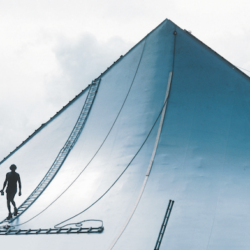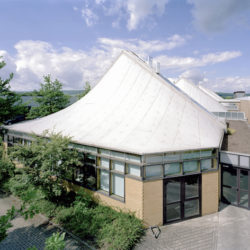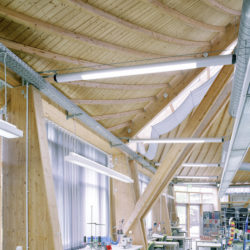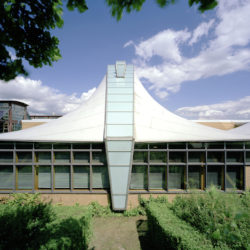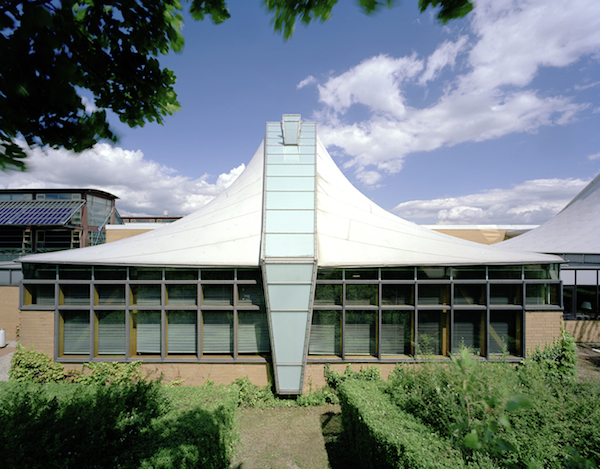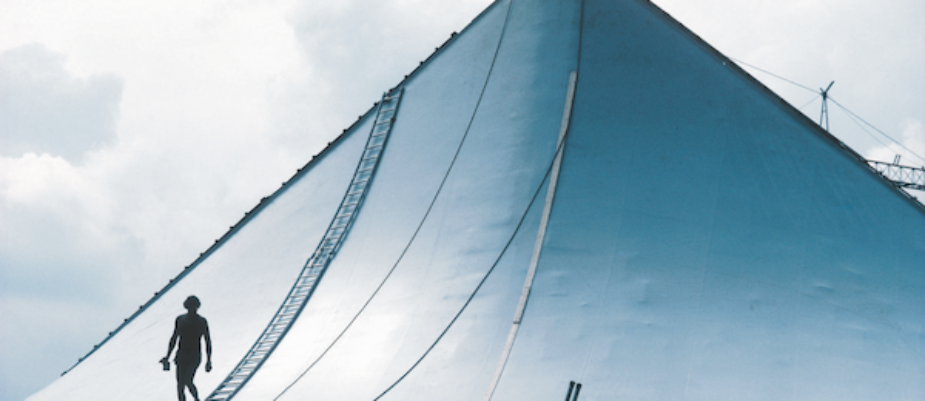
The architect and engineer Frei Otto passed away on 9th March 2015 at the age of 89, just few days before been awarded by Pritzker Prize. An exclamation mark at the end of an unparalleled biography and work which has a great example in Wilkhahn’s four production pavilions in Bad Münder, opened in January 1988.
“At Wilkhahn, no two bricks will be placed on top of one another unless we are sure that a building is created giving equal consideration to ecological, economic, aesthetic and human aspects.” This was the idea of the enterpriser Fritz Hahne that Frei Otto turned into 4 pavilions with a light tent-roof construction comprising suspended wooden beams. Their shape derived from organic structures, blend harmoniously with the landscape, while the interior is friendly and bright, providing an enviable, productive working atmosphere.
These pavilions, which have received numerous awards, are regarded throughout the world as models of excellence of people-oriented industrial architecture.
“The life work of Frei Otto was more than merely researching and building. For him it was about existence in itself, about decent living and working, about giving life a meaning and about the correlations of the big picture that are also visible in a small way. He went looking for models in nature, and he found them. This may be what makes his architecture so exceptional and at the same time so natural, bringing it close to us”, that’s Wilkhahn’s memory.
Among Frei Otto’s best works we have also to remember the West Germany Pavilion at Expo 67 in Montreal (1967), the roof for the Olympic Stadium in Munich (1972), the Tuwaiq Palace in Saudi Arabia with Buro Happold (1985) and for the Expo 2000 in Hannover the roof structure of the Japanese Pavilion in collaboration with Shigeru Ban and of Venezuelan Pavilion, which could be opened and closed like a flower.
Text by Gabriele Masi.

